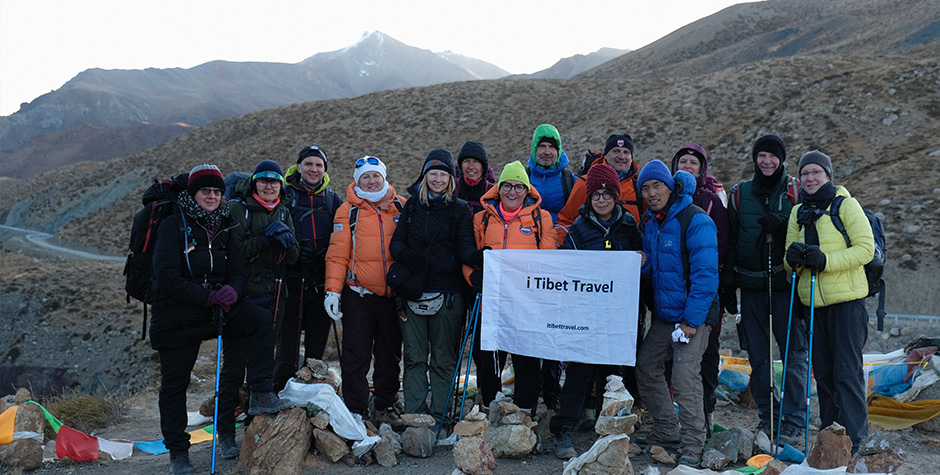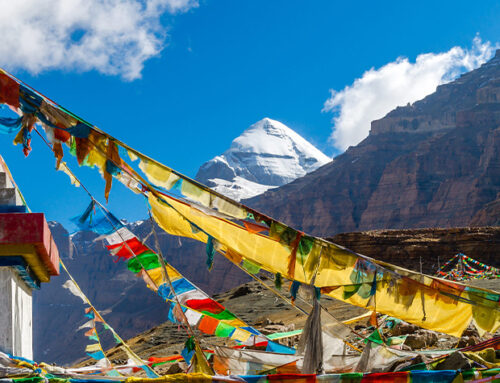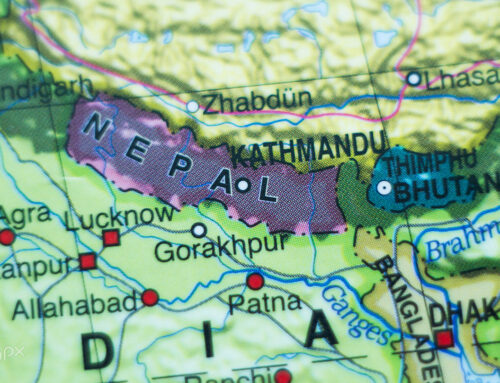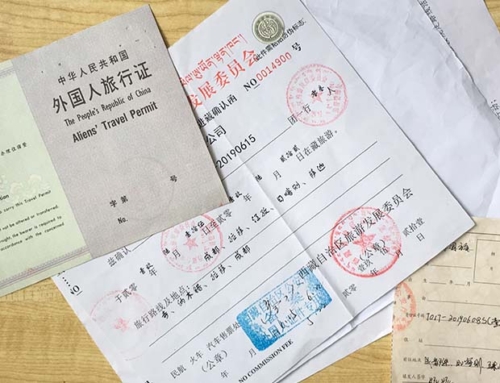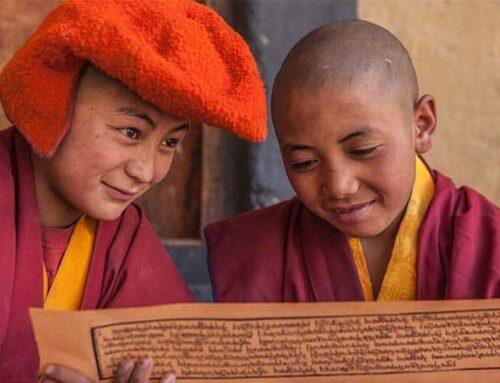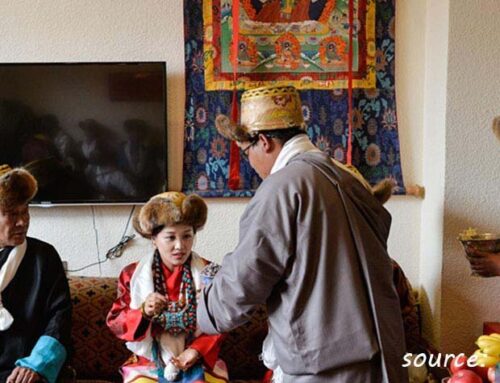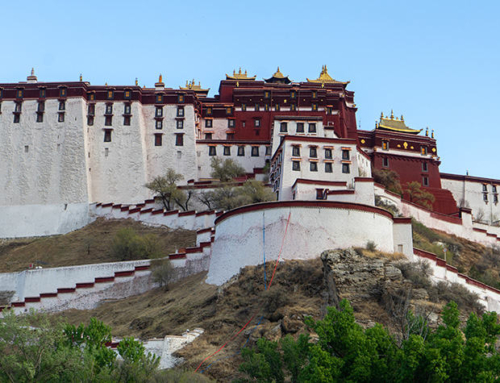Tibetan music and dance are integral parts of the rich cultural heritage of Tibet. The unique melodies, rhythms, and movements of Tibetan music and dance have captivated audiences for centuries. In this article, we will explore the significance of Tibetan music and dance, delve into its traditional roots, discuss the instruments used, examine different styles and genres, and highlight the cultural impact and preservation efforts. So, let’s embark on a journey to discover the enchanting world of Tibetan music and dance.
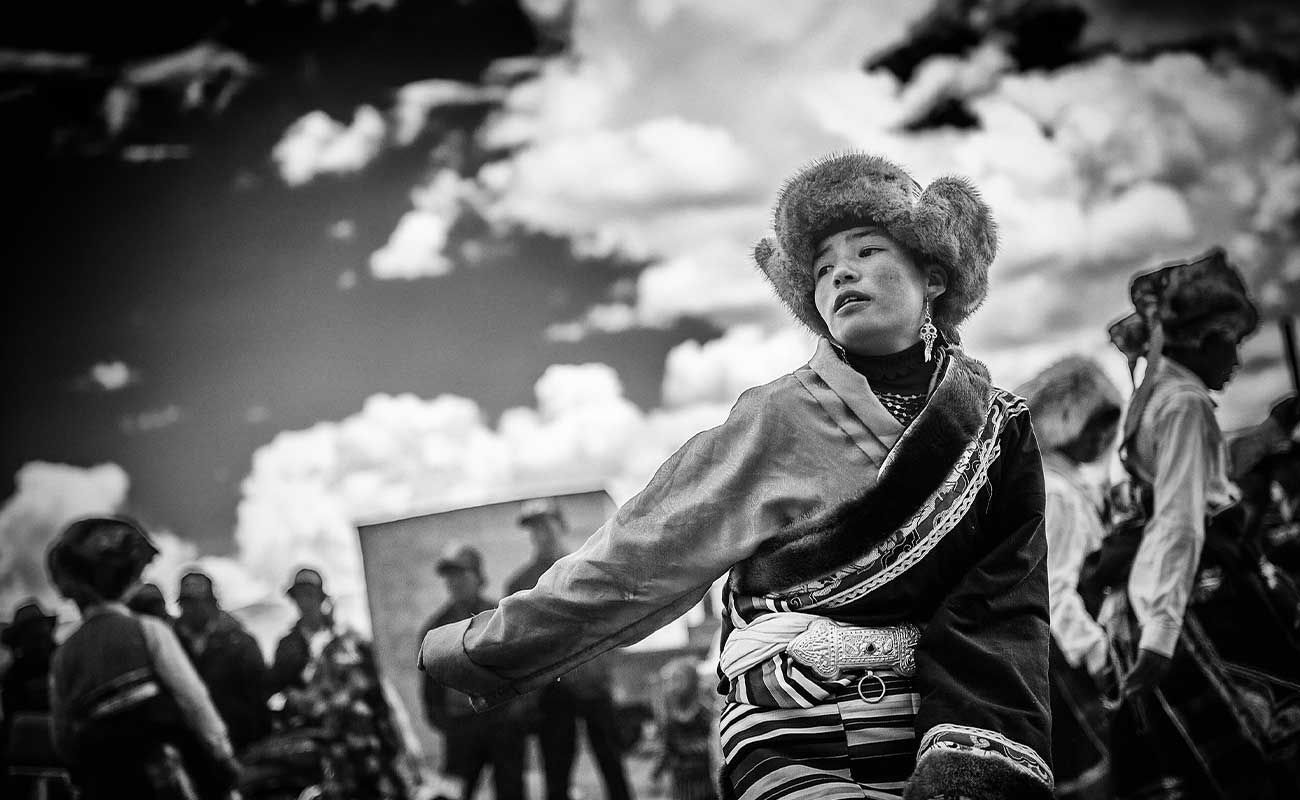
The Significance of Tibetan Music and Dance
Tibetan music and dance hold immense cultural and spiritual significance for the Tibetan people. These art forms are deeply intertwined with their religious practices, festivals, and daily lives. The melodies and rhythms serve as a medium to express their devotion, emotions, and aspirations. Tibetan music and dance also play a vital role in storytelling, passing down legends, and reinforcing cultural identity.
Traditional Tibetan Music
Traditional Tibetan music is characterized by its soul-stirring melodies and distinct chanting styles. It often accompanies religious rituals, meditative practices, and social gatherings. Monks and nuns play a crucial role in preserving and performing traditional Tibetan music, which has been passed down through generations.
Instruments Used in Tibetan Music
A variety of traditional instruments are employed in Tibetan music to create mesmerizing melodies. The dungchen, a long trumpet, is one of the most iconic instruments, known for its deep and powerful sound. Other instruments include the piwang (a two-stringed fiddle), gyaling (a double-reed oboe), dranyen (a stringed instrument), and damaru (a small drum), among others.
Styles and Genres of Tibetan Music
Tibetan music encompasses a diverse range of styles and genres. Each region of Tibet has its own unique musical traditions, reflecting the cultural diversity within the Tibetan plateau. These styles can be broadly categorized into religious music, folk music, and court music. Chanting, ballads, and narrative songs are common forms found in Tibetan musical repertoire.
Ritual Music and Dance in Tibetan Culture
Ritual music and dance hold a significant place in Tibetan religious ceremonies and festivals. The mesmerizing masked dances, known as cham, are performed by monks to depict stories from Tibetan Buddhism and to invoke spiritual blessings. These vibrant and energetic performances are not only visually captivating but also hold deep religious symbolism.
Modern Interpretations and Fusion
While preserving traditional Tibetan music, contemporary Tibetan musicians have also embraced modern interpretations and fusions. They have experimented with blending traditional Tibetan sounds with Western instruments and genres, creating a fusion of ancient and contemporary elements. This approach has helped to introduce Tibetan music to a wider global audience.
Preservation of Tibetan Music and Dance
Efforts are being made to preserve and promote Tibetan music and dance amidst the challenges faced by the Tibetan diaspora. Organizations and institutions are actively involved in documenting, archiving, and teaching traditional Tibetan music. Festivals and cultural events provide platforms for artists to showcase their talents and raise awareness about the cultural heritage.
Cultural Impact and Representation
Tibetan music and dance have gained recognition beyond the Tibetan community and have made an impact on the world stage. Renowned Tibetan musicians and dancers have mesmerized audiences with their performances, spreading awareness about Tibetan culture and the plight of the Tibetan people. This cultural representation fosters understanding and appreciation of Tibet's unique artistic traditions.
Health Benefits of Tibetan Music and Dance
Apart from their cultural significance, Tibetan music and dance offer numerous health benefits. The soothing melodies and rhythmic movements can have a calming effect, reducing stress and promoting relaxation. The meditative nature of certain musical practices and dance forms contributes to overall well-being and enhances mindfulness.
Prominent Tibetan Musicians and Dancers
Several Tibetan musicians and dancers have achieved prominence for their exceptional talent and contributions to the world of performing arts. Artists like Techung, Tseten Dolma, and Sonam Tashi have captivated audiences with their soulful voices, while Tashi Dawa and Yang Liping have gained international acclaim for their innovative dance performances.
Conclusion
Tibetan music and dance form an integral part of Tibetan culture, showcasing its rich traditions and deep-rooted spirituality. These art forms not only connect people with their heritage but also have the power to transcend language and cultural barriers. By preserving and celebrating Tibetan music and dance, we ensure that future generations can continue to experience the beauty and significance of this mesmerizing cultural heritage.
FAQs
FAQ 1: Can I learn Tibetan music and dance even if I am not from Tibetan heritage?
Yes, anyone can learn and appreciate Tibetan music and dance. There are classes, workshops, and online resources available for individuals interested in exploring these art forms.
FAQ 2: Are there any specific festivals where I can experience Tibetan music and dance?
Yes, festivals like Losar (Tibetan New Year) and Saga Dawa (celebrating Buddha's birth, enlightenment, and passing) are ideal occasions to witness traditional Tibetan music and dance performances.
FAQ 3: What are some popular musical instruments used in Tibetan music?
Some popular instruments used in Tibetan music include the dungchen, piwang, gyaling, dranyen, and damaru.
FAQ 4: Can Tibetan music and dance have therapeutic benefits?
Yes, Tibetan music and dance have been found to have therapeutic benefits, promoting relaxation, stress reduction, and mindfulness.
FAQ 5: Where can I listen to Tibetan music or watch Tibetan dance performances?
You can find Tibetan music and dance performances on various online platforms, as well as at cultural events, Tibetan community gatherings, and festivals dedicated to promoting Tibetan arts.
About Tibet Travel & Tours
Tibet Travel & Tours is a local travel agency in Tibet that offers unique and authentic experiences to travelers from all around the world. As a leading tour operator in Tibet, we provide high-quality Tibet Travel services that are tailored to our clients' needs and preferences.
Our team of experienced and knowledgeable professionals strives to ensure that our clients have a hassle-free and memorable trip in Tibet. We specialize in various types of tours, including cultural tours, trekking and hiking tours, and adventure tours.
Our commitment to providing exceptional service has earned us a reputation as one of the best local travel agencies in Tibet. Contact us today to plan your unforgettable trip to Tibet.
Explore Tibet with a local Tibetan Travel Agency
If you're looking to explore Tibet, starting your journey with a reputable Tibetan travel agency in Tibet is crucial. Tibet Travel & Tours is a great choice to begin your adventure with their extensive knowledge of the region and commitment to responsible tourism.
Their Tibet tour packages cater to a range of interests and budgets, making it easy to plan a trip that suits your needs. Before embarking on your tibet tour, it's essential to have the right Tibet travel information and necessary documents, including a Tibet travel permit.
The Tibet Travel Planner provided by i-Tibet travel is an excellent resource to plan your trip, including tips on what to pack, where to stay, and what to see.
For beginners, the "About Tibet" guide provided by i-Tibet travel offers a comprehensive overview of the region's history, culture, and top attractions. So, start your Tibet travel plan here with i-Tibet travel and discover the magic of Tibet for yourself.

